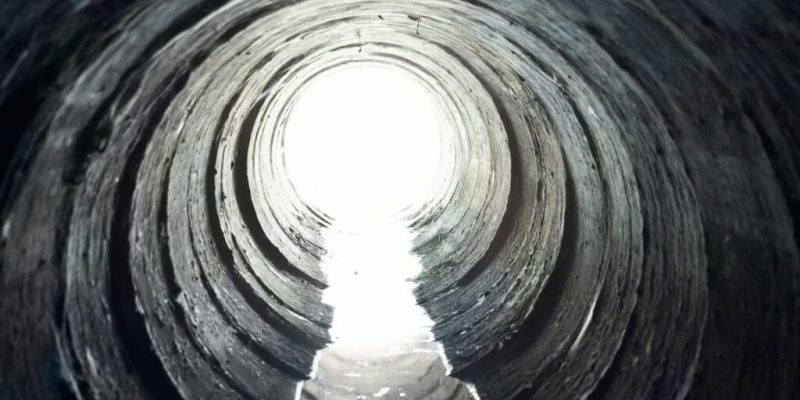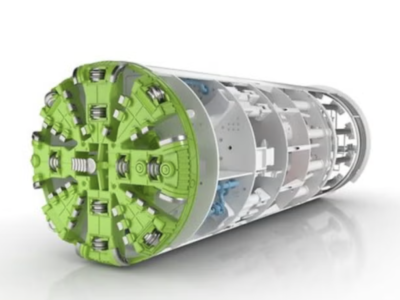
In order to carry water across the California Delta, a preferred route has been determined for a 72km tunnel.
Publishing a draft environmental impact report, the US state’s Department of Water Resources presented a detailed review of its proposals for the new pipeline in the region inland from San Francisco.
Constructing the intake points on the Sacremento River in the north of the Delta area and then connecting by a 12m-diameter tunnel to Bethany Reservoir further south, is the contents of this plan.
In order to raise resilience to seismic risk, sea level rise, and other foreseeable consequences of climate change and extreme weather events, the establishment of this project was necessary as Californian officials stated.
At the moment, over 97% of the state is listed as the severe drought zones by a national monitor, while over half of its land that is bearing the extreme drought causes fires to start all year round and water be inadequate for livestock and wildlife.
It is clear that this delta tunnel project, which according to the reports will cost in excess of £12bn, is not without its controversy, as considering the latest impact assessment, it would require removal of 71 structures including 15 homes, as well as converting almost 950ha of important farmland to incompatible use.
Additionally, its influence on 13 archaeological resources and potentially significant impacts on certain species of fish, is undeniable.
Construction noise could exceed daytime thresholds at more than 150 homes, and sound insulation would be offered to residents.
Due to the least impact on agricultural land, cultural resources, wetlands, and waters, the selected Bethany Reservoir Alignment was the most appropriate route for the tunnel.
The officials said: “The proposed north Delta intake locations were not vulnerable to salinity intrusion from sea-level rise and had been designed to withstand 200-year flood flows on top of a 3m sea-level rise.”
A consultation period is now underway before any final decisions are taken on the project.
According to Metropolitan Water District of Southern California chair Gloria Gray: “The publication on the report marked “an important step” towards safeguarding a vital source of water for residents.
She continued: “As we move forward, it will be important to connect with tribes, environmental groups, business, and labor organizations, as well as other stakeholders, to get the critical feedback we need to address our water supply challenges.”
“It will require all of us working together to not only modernize the conveyance of supplies from Northern California but also develop more local supplies, storage, and conservation to ensure we are successful in preparing for future droughts and climate change,” added Mrs. Gray.
















